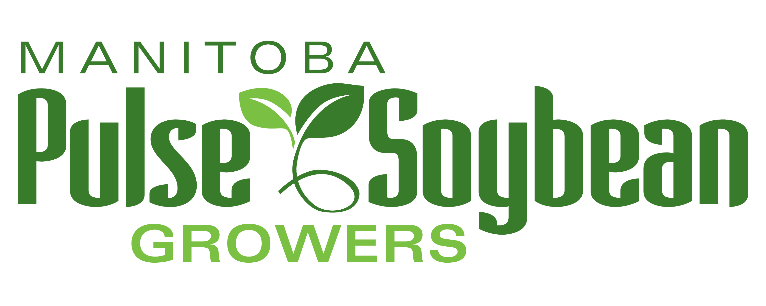Hail damage is an important weather event that negatively affects crop production in Manitoba. Annually, $500K to $2M is accrued in soybean crop losses due to hail. This results in lost income for farmers, reduced economic activity, and increased cost/risk to government insurance programs. The ability of soybean to recover from hail damage (defoliation, node removal, stand reduction etc.) depends on several factors including extent of damage, timing of damage and environment. Thus, the potential for soybean to recover will be unique for Manitoba and its eco-regions compared to other soybean producing areas. The most important feature that is unique to Manitoba is our short growing season that reduces the time to maturity that soybeans have when affected by hail events. Data used by Manitoba Agricultural Services Corporation for adjusting hail damaged crops is from the mid-west US. This project would produce novel, region specific data that is imperative for crop adjusting procedures and risk management programs. Determining the potential productivity of hail damaged soybeans will re-define current crop adjusting procedures, improving efficiency, potentially reduce program pay-out and in some cases reduce the need for further production and energy costs in fields that do not have the potential to recover but are currently required to be harvested. Within 5 years, we will be able to quantify the effect of hail damage to Manitoba soybean yield and quality that can be used to update current crop adjusting procedures. Ensuring appropriate crop insurance adjusting procedures are used in Manitoba will improve risk management programs and support continued growth of the soybean industry in Manitoba.
